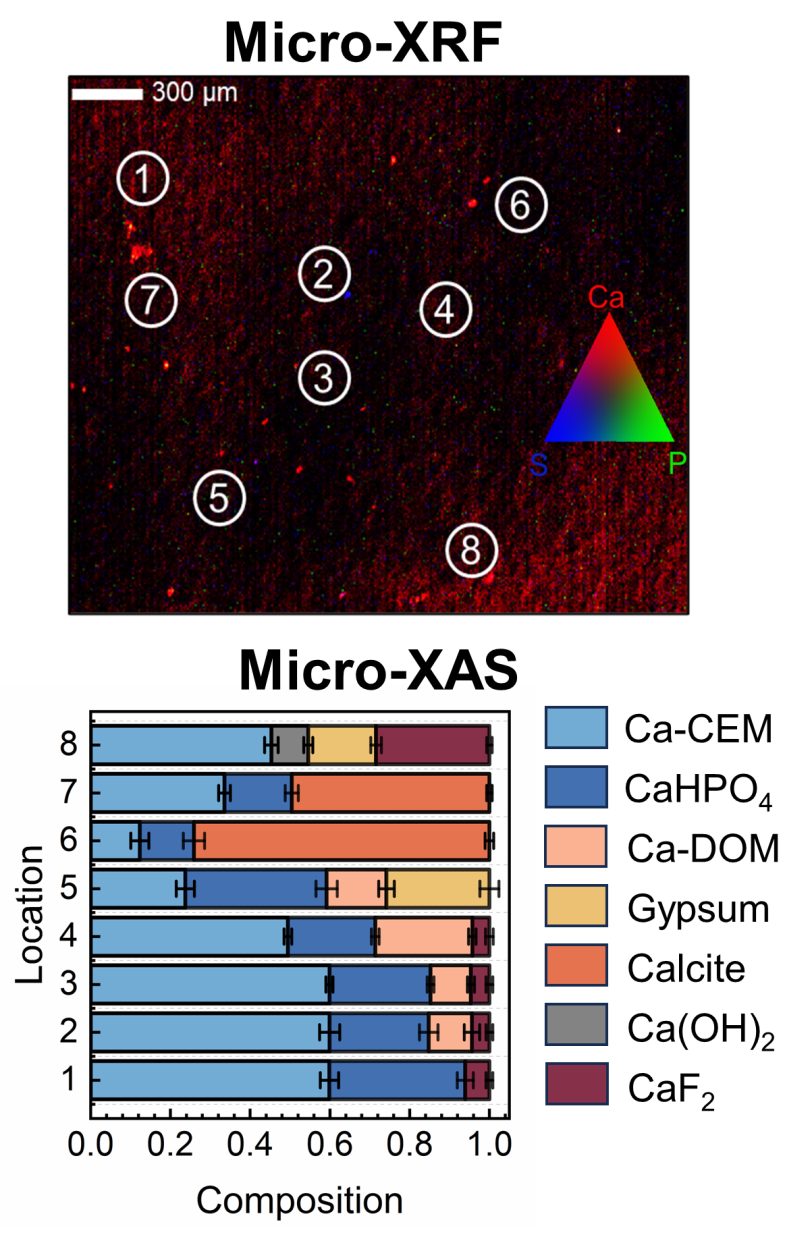Selective Seperations
Recovering nutrients (e.g., nitrogen) as valuable products from wastewater will alleviate environmental issues such as eutrophication, algal bloom formation, and greenhouse gas emissions from chemical manufacturing and create a circular nutrient economy. We are using X-ray characterization to understand how resins and membranes can concentrate nutrients from waste water for removal and recovery.

Electrochemical nutrient recovery from wastewater
Electrochemical-based separation techniques offer promise to sustainably recover nutrients owing to their high efficiency, low chemical requirements, modularity, and ability to target various contaminated streams. Despite their strong potential to recover nutrients effectively from diverse wastewater streams, one of the problems associated with their long-term operation is membrane fouling, where inorganic and organic feedwater constituents accumulate on the membranes. We are currently using advanced synchrotron-based (Micro X-ray fluorescence (µ-XRF) and X-ray absorption spectroscopy (µ-XAS)) techniques to determine the speciation and distribution of the moieties' deteriorating membrane performance over time. These advanced characterization techniques provide information on the composition of the fouling layer, chemical speciation, and synergy between inorganic and organic foulants. The information on the composition of the fouling layer has helped us identify the appropriate fouling mitigation schemes.
Tailored adsorbents for selective nutrient recovery from wastewater
Ion exchange (IX) resins are attractive options for concentrating nutrients from wastewater due to their scalability and low energy requirements. These resins are applied first to remove nutrients from wastewater via adsorption and then are regenerated chemically to produce alkaline or acidic ammonia products (e.g., disinfectants, fertilizers). However, commercially available IX resins are not intrinsically selective for nutrients (NH4+ and PO43-). High nutrient selectivity should be achieved to make the IX resins economically and environmentally competitive with conventional treatment processes employed in wastewater treatment. We are currently working to improve the stability of tailored cation exchange resins by understanding the change in the microstructure (via micro-computed tomography) and coordination environment (bulk X-ray absorption spectroscopy) upon repetitive adsorption and desorption of nutrients. The information will be used to optimize the experimental conditions and design setups to enhance nutrient recovery while minimizing the degradation of the material.
